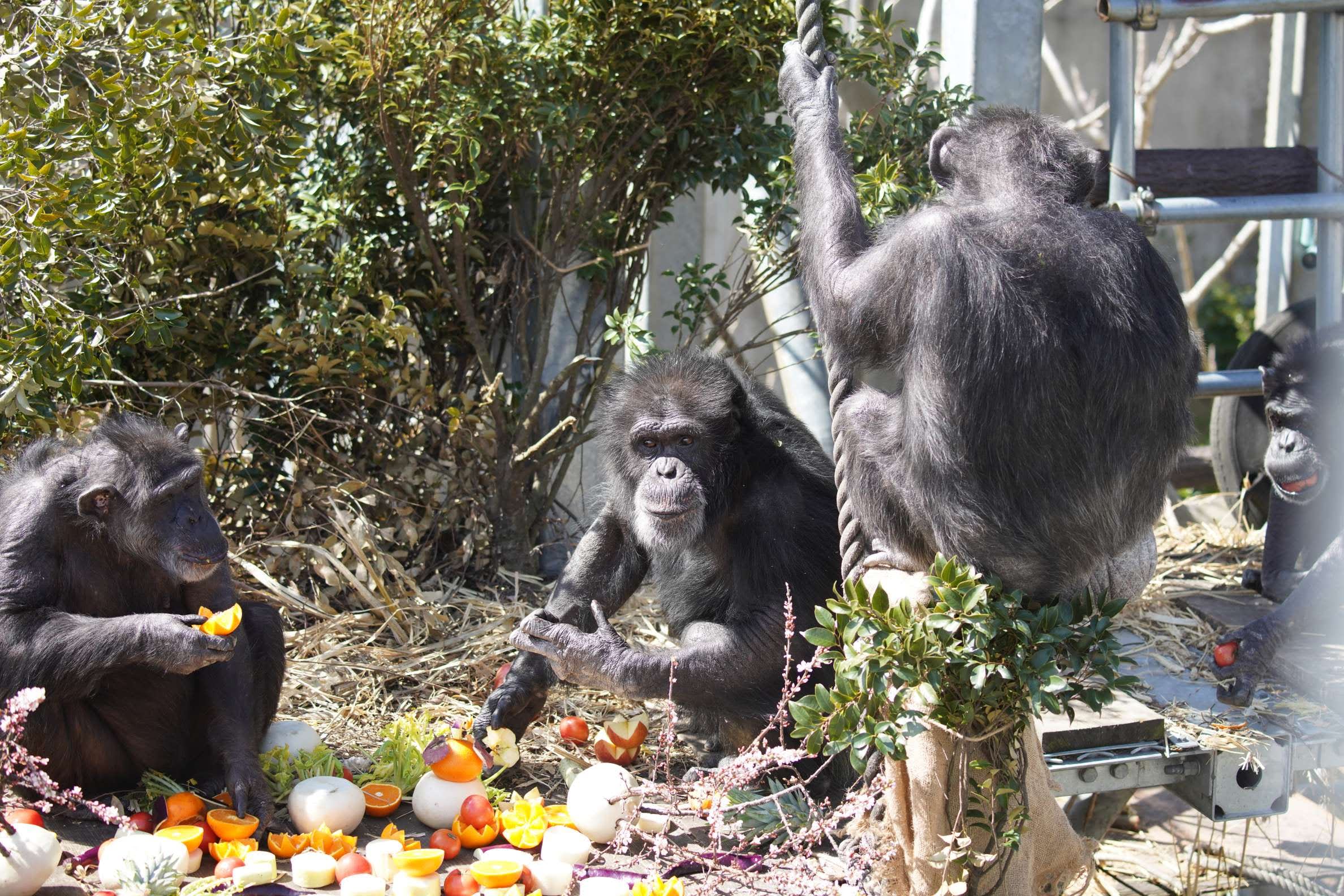Scientists have uncovered a curious behavior in humans’ closest living relatives.
While every aminal needs to relieve itself, new research shows that chimpanzees, who share 98 percent of their DNA with humans, intentionally pee in groups.
Scientists are now trying to establish the role this behavoir has in social and group bonds.
“In humans, urinating together can be seen as a social phenomenon,” Kyoto University’s Ena Onishi said in a statement. Onishi led the study alongside other researchers at the Japanese institution.
“We found that chimpanzees, our closest relatives, tend to urinate in response to the urination of nearby individuals,” she said.
The findings were published Monday in the journal Current Biology.
The authors studied 20 captive chimps living at the Kumamoto Sanctuary for more than 600 hours, including 1,328 “urination events.”
They analyzed the data to see whether peeing among the primates was simultaneous, by incorporating potential influencing factors, including whether the behavior was influenced by nearby chimpanzees.
Urination events were more in sync during the authors’ observations than would be expected if the chimpanzees were peeing at random times. The closer one was to the first urinator, the likelihood of these events was increased.
Furthermore, those with lower dominance ranks were more likely to follow when others were peeing, suggesting that patterns were influenced by social hierarchy.
“We were surprised to discover that the contagion pattern was influenced by social rank,” Onishi said. “Since there were no prior studies on contagious urination in any species, we drew parallels to contagious yawning, another semi-voluntary physiological behavior.”

While more research is necessary to understand whether this behavior is also shown in other species, as well as the specific functions and mechanisms associated with contagious urination in chimpanzees, the researchers said these findings could have important implications for understanding and exploring the role of this behavior in reinforcing social and group bonds.
“This was an unexpected and fascinating result, as it opens up multiple possibilities for interpretation,” Shinya Yamamoto, a study co-author, said.
“For instance, it could reflect hidden leadership in synchronizing group activities, the reinforcement of social bonds, or attention bias among lower-ranking individuals,” he added. “These findings raise intriguing questions about the social functions of this behavior.”







